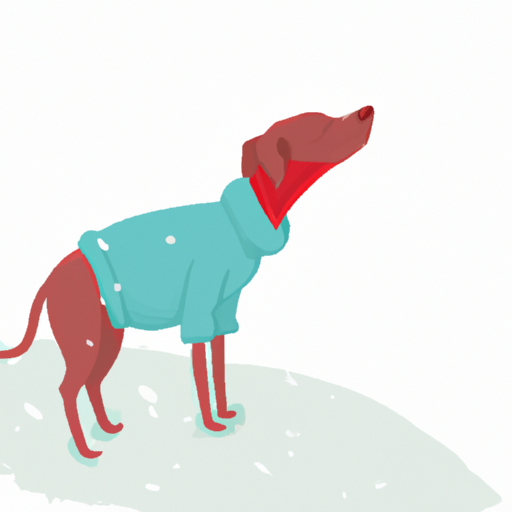Understanding Your Dog’s Tolerance to Cold
Just like humans, dogs react differently to cold temperatures. Small breeds, puppies, seniors, and dogs with thin coats are especially susceptible. It’s essential to know your dog’s individual limit, which can vary based on their:
- Age
- Breed
- Health status
- Coat type
The Role of Size and Coat Type
Dogs come in all shapes, sizes, and coat types, which can significantly influence their tolerance to cold weather.
-
Small Dogs: These little friends lose heat quickly because of their larger surface area relative to their body weight.
-
Large Dogs: Larger breeds, especially those with thick fur like Huskies or Newfoundlands, are built for cold weather.
-
Short-haired breeds: They are more susceptible to feeling the cold.
-
Long-haired or thick-coated dogs: They are more naturally insulated.
| Size/Coat Type | Cold Tolerance |
|---|---|
| Small Dogs | Low |
| Large Dogs | High |
| Short-haired | Low |
| Long-haired | High |
Recognizing Signs of Hypothermia in Dogs
Hypothermia in dogs can be a serious threat. Watch out for:
- Shivering
- Lethargy
- Weakness
- Trouble walking
- Anxiousness
Ways to Keep Your Dog Warm
If you’re worried about your dog getting cold, here’s what you can do:
- Provide Warm Shelter: Always provide a warm, dry shelter when your dog is outside.
- Proper Clothing: Consider a doggy coat or sweater for those extra cold days.
- Limit Outdoor Time: When temperatures drop, limit your dog’s time outside.
- Provide Plenty of Bedding: Make sure your dog has a warm place to sleep, away from drafts.
Precautions During Winter Walks
Walking your dog in winter calls for special precautions:
- Always dry your dog’s paws after a walk.
- Consider dog boots to protect their paws from ice and salt.
- Walk during daylight hours when temperatures are warmer.
FAQs
Q: How cold is too cold for a dog?
A: Generally, temperatures below 45 degrees Fahrenheit can start to get uncomfortable for some dogs.
Q: Should I put a coat on my dog?
A: If your dog has a thin coat or seems uncomfortable in the cold, a dog coat could be a good idea.
Q: Can dogs get frostbite?
A: Yes, dogs can get frostbite, usually on their extremities like their ears, tail, and paws.
Q: How can I tell if my dog is too cold at night?
A: If your dog is shivering, anxious, or trying to burrow into warm places, they may be too cold.
Remember, as a caregiver, your dog’s comfort and safety rely on you. Pay attention to their behavior and take necessary precautions to ensure they remain warm and cozy during cold weather.



